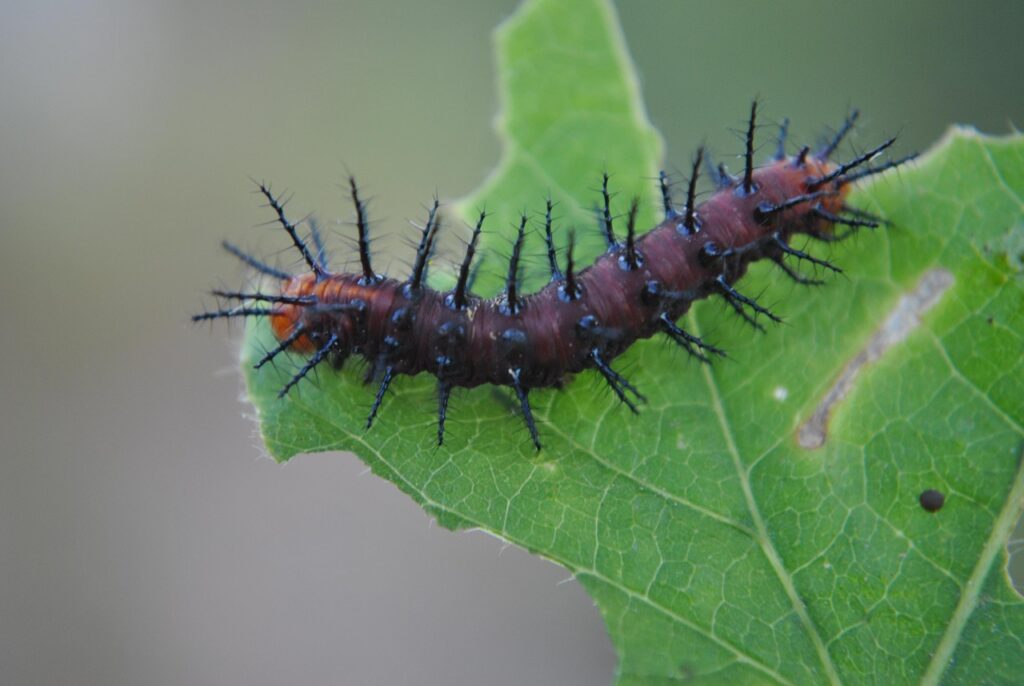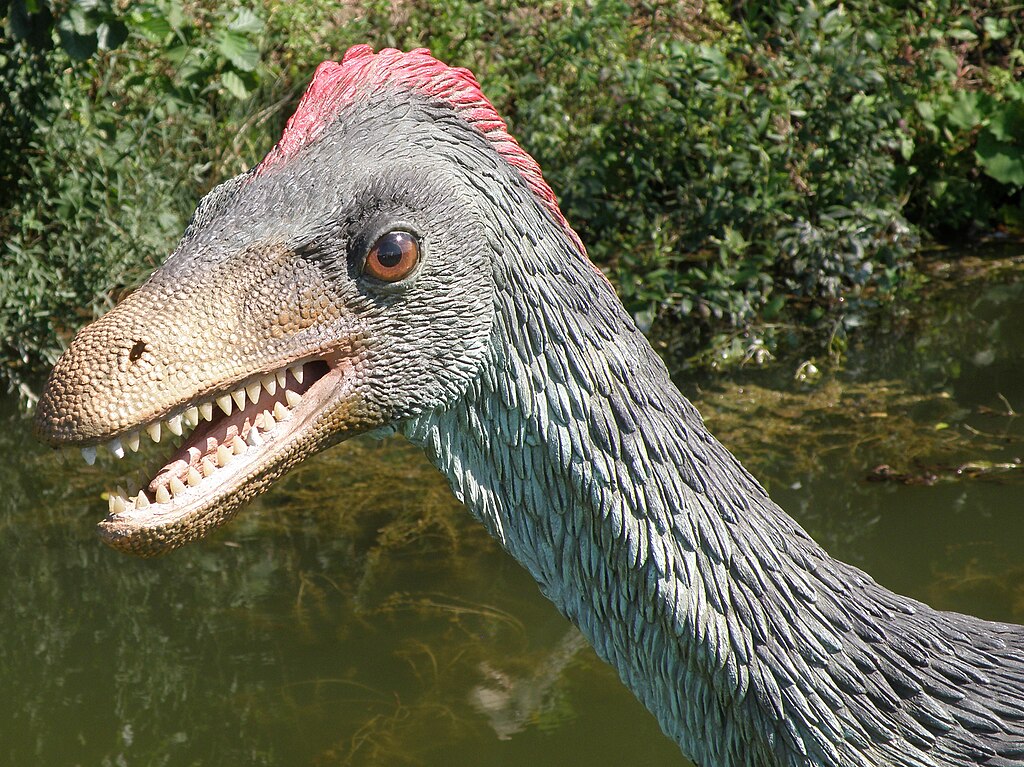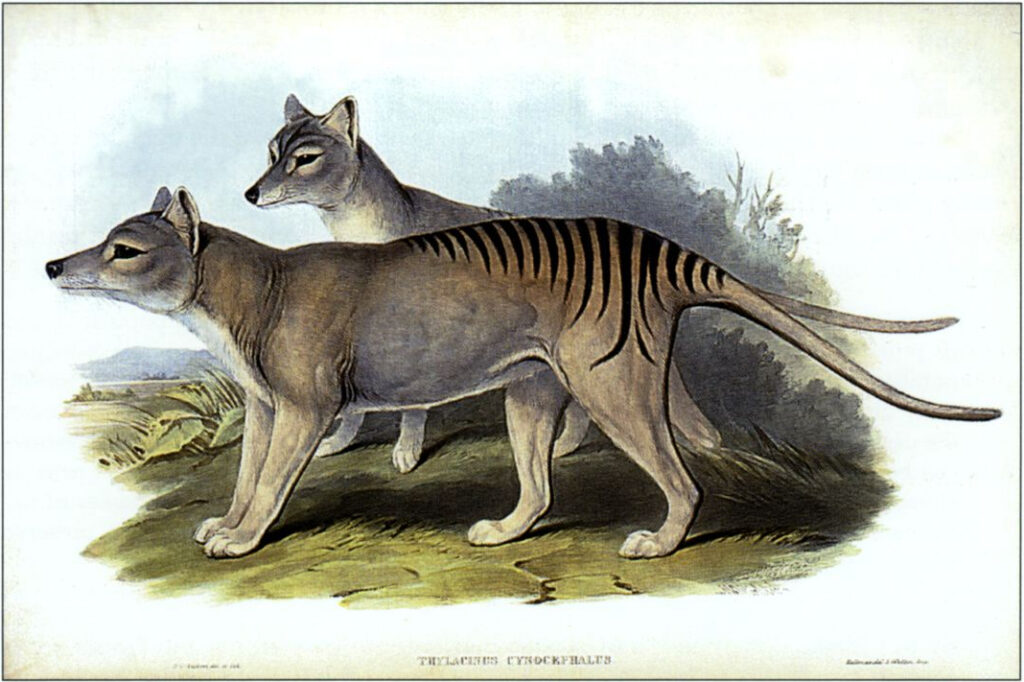Imagine the most fearsome predator that ever walked the Earth – a massive Tyrannosaurus rex with bone-crushing jaws and razor-sharp teeth. Now picture this apex predator scratching desperately at its hide, tormented by tiny invaders it can’t even see. While we often think of prehistoric life as a battle between giants, some of the most successful creatures of the ancient world were microscopic parasites that made even the mightiest dinosaurs miserable. These tiny terrors have been waging biological warfare for hundreds of millions of years, and their fossil record tells a fascinating story of survival, adaptation, and evolutionary arms races that continue today.
The Ancient Art of Parasitism
Parasitism isn’t just an ancient lifestyle – it’s one of the most successful survival strategies in Earth’s history. Scientists estimate that parasites have been around for at least 550 million years, predating dinosaurs by hundreds of millions of years. When the first complex life forms began crawling out of primordial seas, parasites were already there, ready to hitch a ride.
The fossil record reveals that these microscopic freeloaders were incredibly diverse even in prehistoric times. From blood-sucking insects preserved in amber to parasitic worms found in dinosaur coprolites, evidence shows that no creature was safe from these tiny invaders. What’s truly remarkable is how quickly parasites adapted to exploit new hosts as life evolved.
Dinosaur Hosts: Giants with Tiny Problems
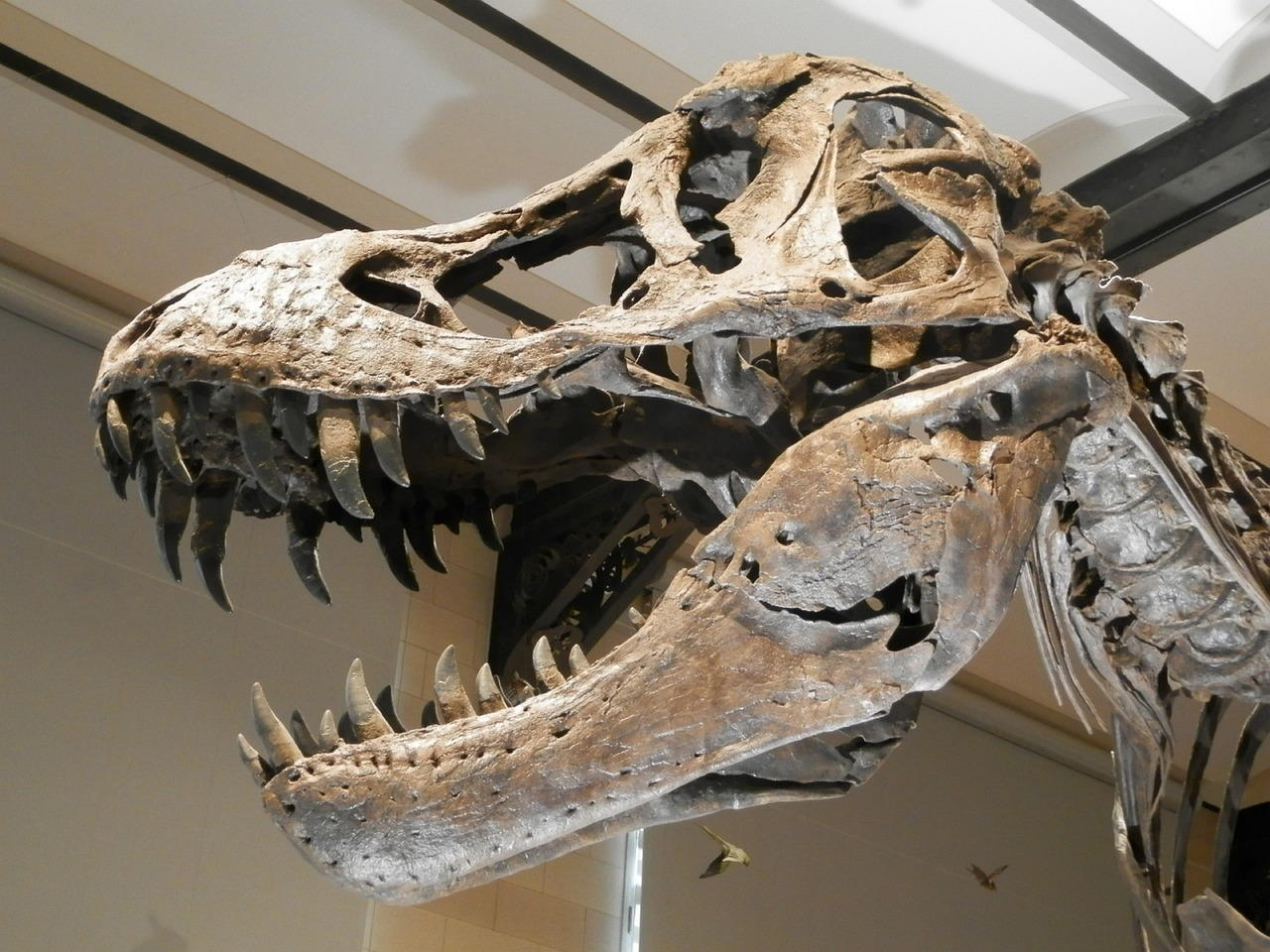
Dinosaurs may have ruled the Earth for 165 million years, but they were far from invincible when it came to parasites. Recent discoveries have revealed that these prehistoric giants suffered from many of the same parasitic infections that plague modern animals. Paleontologists have found evidence of parasitic infections in dinosaur bones, teeth, and even fossilized feces.
One of the most compelling pieces of evidence comes from a Tyrannosaurus rex skull discovered in Montana, which showed clear signs of a parasitic infection similar to modern trichomonosis. The infection had eaten away at the jaw bones, likely making it painful for the mighty predator to eat. This discovery shattered the image of dinosaurs as unstoppable killing machines and revealed them as vulnerable creatures struggling with the same health issues that affect animals today.
Blood-Sucking Insects: The Original Vampires
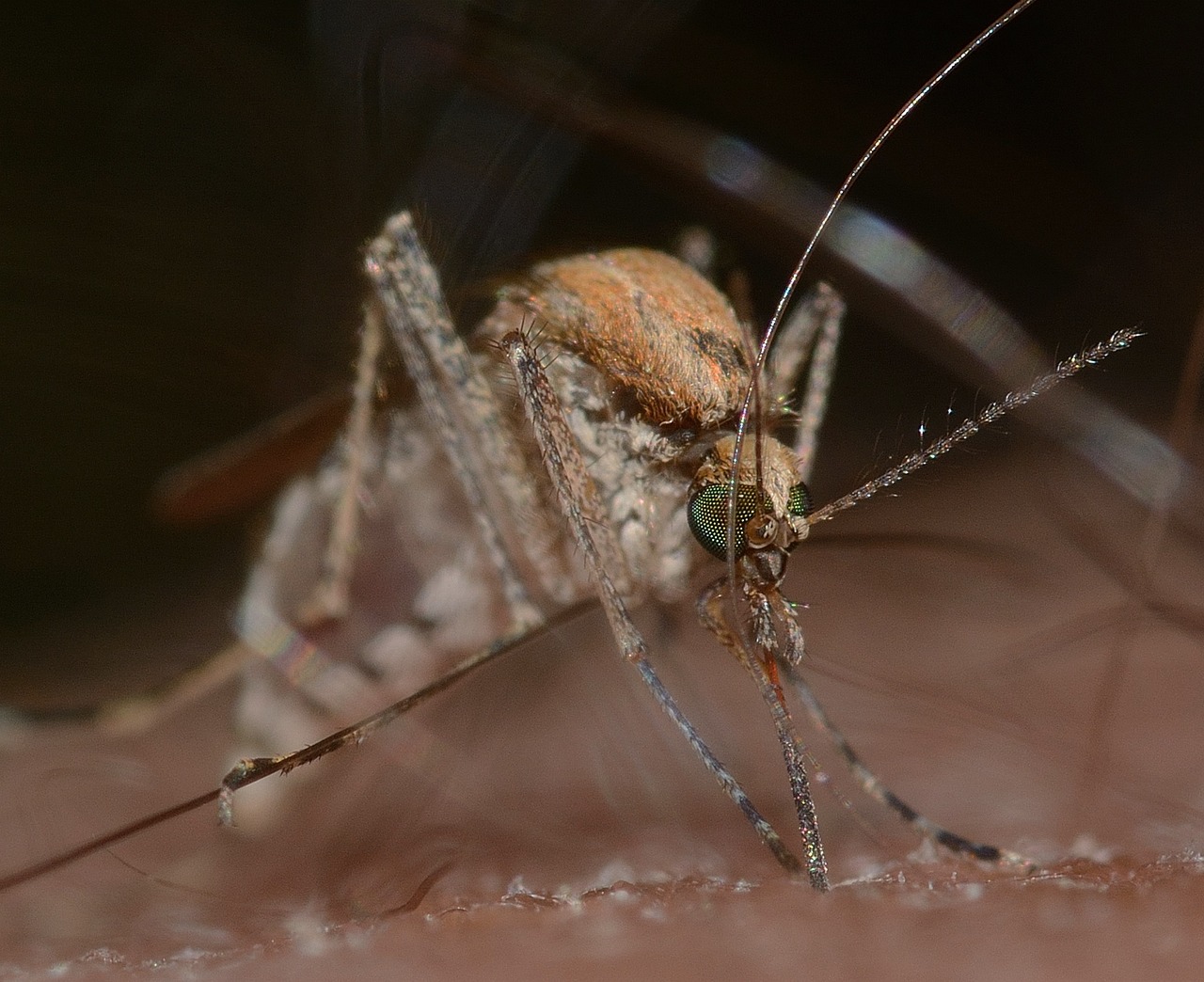
Long before Dracula became a household name, prehistoric blood-sucking insects were perfecting the art of vampirism. Fossil evidence shows that mosquitoes, fleas, and other blood-feeding insects were already well-established by the time dinosaurs appeared on the scene. These tiny vampires had evolved sophisticated mechanisms for finding hosts, piercing skin, and extracting blood without being detected.
Amber deposits from around the world have preserved these ancient blood-suckers in stunning detail. Some specimens still contain the last blood meal in their stomachs, offering scientists a rare glimpse into prehistoric food webs. The relationship between these insects and their hosts was so successful that many of these parasitic strategies remain virtually unchanged today.
Marine Parasites: Terror in Ancient Seas
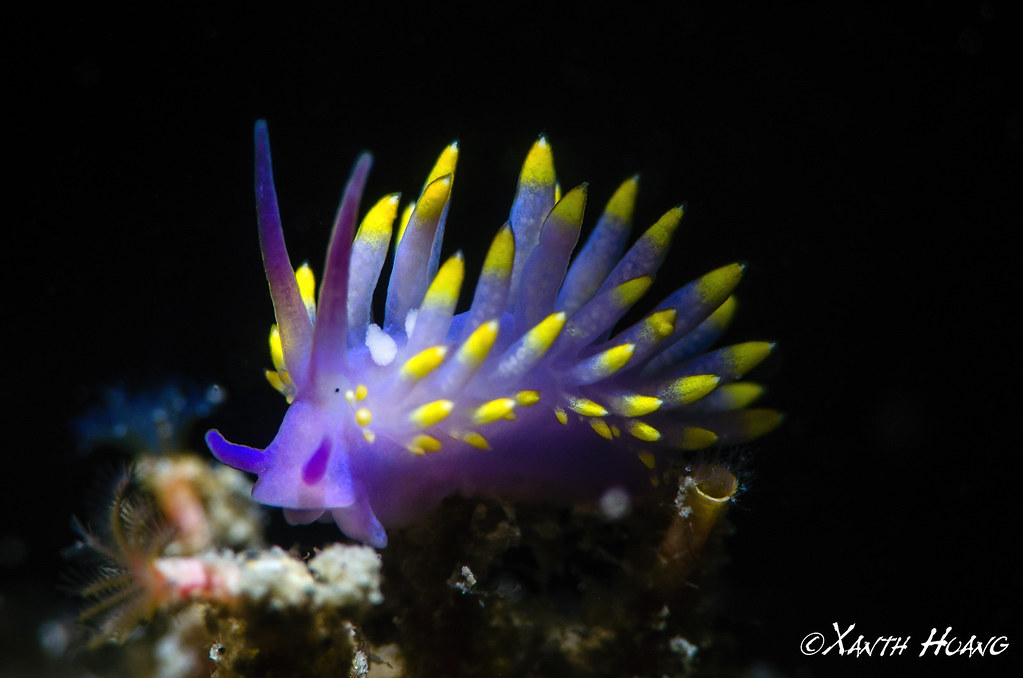
The prehistoric oceans weren’t safe havens from parasitic infections either. Ancient marine environments teemed with parasitic organisms that targeted everything from tiny plankton to massive marine reptiles. Fossil evidence suggests that prehistoric sharks, marine reptiles, and early fish all dealt with various parasitic infections throughout their lives.
Some of the most fascinating discoveries come from fossilized shells and exoskeletons that show clear signs of parasitic boring. Ancient gastropods and brachiopods often display characteristic holes and damage patterns that match those created by modern parasitic organisms. These marine parasites were so successful that they helped shape the evolution of defensive strategies in their hosts.
Amber Archives: Perfectly Preserved Parasites
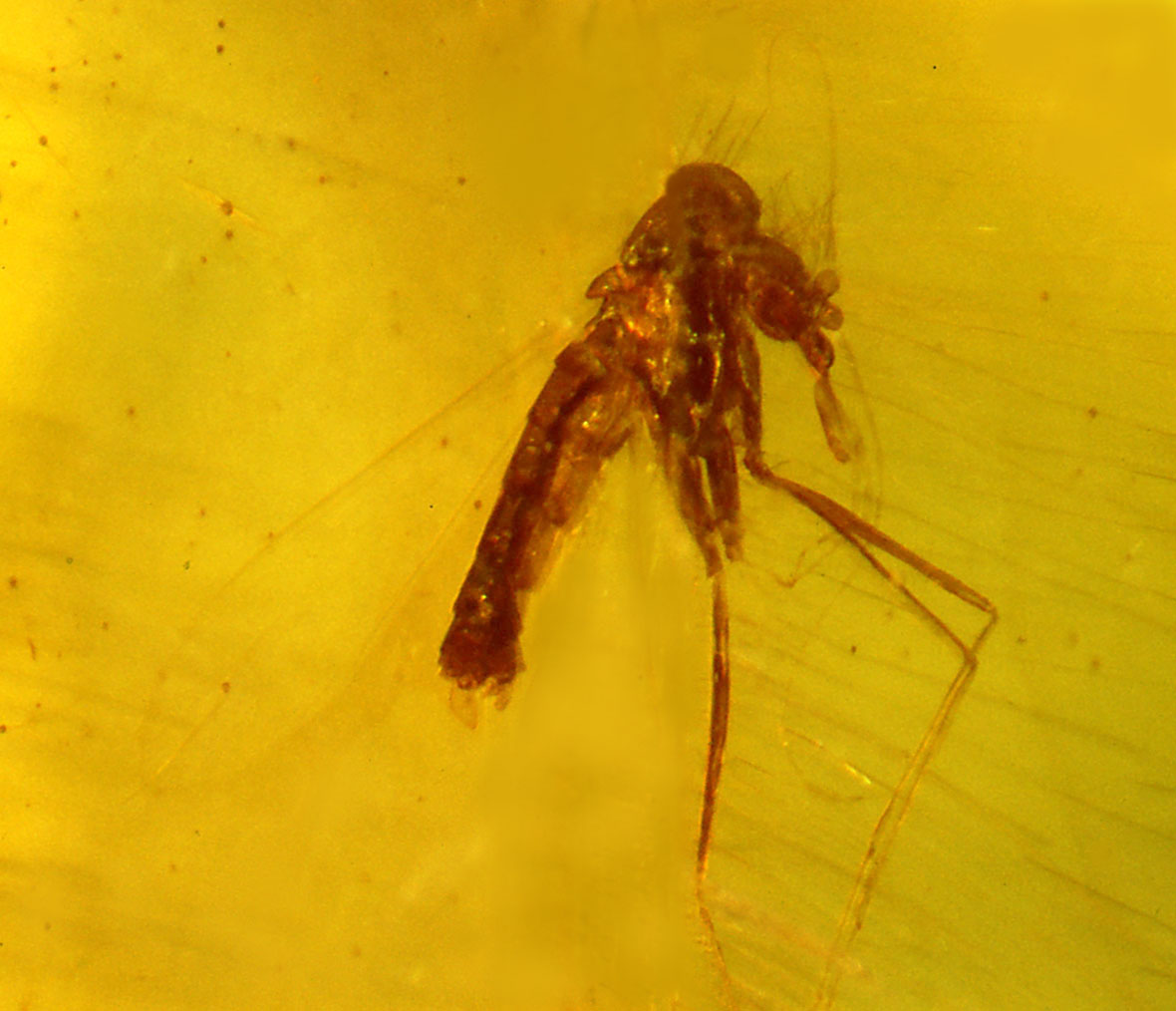
Amber has provided scientists with an unprecedented window into the world of prehistoric parasites. These golden time capsules have preserved parasites in exquisite detail, complete with their microscopic structures and even their behavior patterns. Some amber specimens contain parasites that were caught in the act of feeding or reproducing, frozen in time for millions of years.
The diversity of parasites found in amber is staggering. Scientists have discovered everything from tiny mites and fleas to parasitic wasps and flies. These discoveries have revealed that many modern parasitic relationships existed virtually unchanged for millions of years, suggesting that successful parasitic strategies are remarkably stable over evolutionary time.
Coprolite Clues: What Dinosaur Poop Tells Us
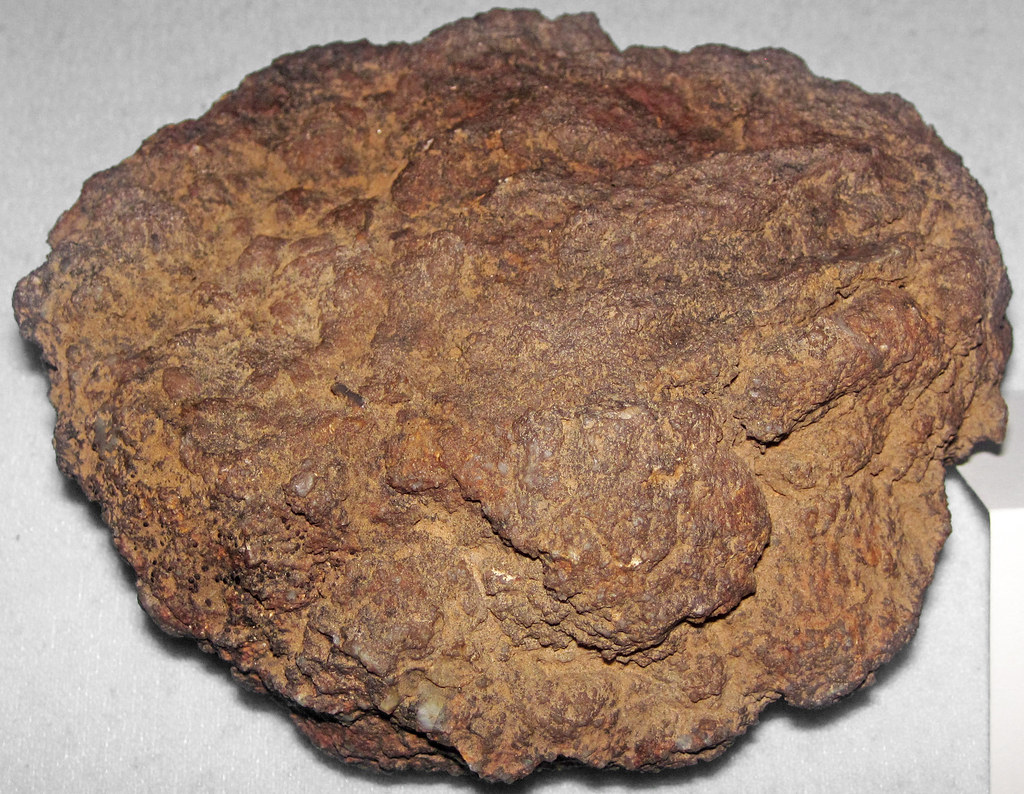
Fossilized dinosaur feces, known as coprolites, have proven to be treasure troves of parasitic evidence. These prehistoric bathroom breaks contain the fossilized remains of parasitic worms, eggs, and other microscopic invaders that lived in dinosaur digestive systems. By studying these ancient droppings, scientists can reconstruct the health and diet of dinosaurs with remarkable accuracy.
One particularly famous coprolite from a Tyrannosaurus rex contained the fossilized remains of several different parasitic worm species. The diversity of parasites found in a single specimen suggests that dinosaurs, like modern animals, often harbored multiple parasitic infections simultaneously. These findings paint a picture of prehistoric life that’s far more complex and interconnected than previously imagined.
Plant Parasites: The Silent Invaders

While animal parasites get most of the attention, prehistoric plant parasites were equally important in shaping ancient ecosystems. Fossil evidence shows that plants have been dealing with parasitic fungi, bacteria, and other microorganisms for hundreds of millions of years. These plant parasites played crucial roles in nutrient cycling and ecosystem dynamics.
Some of the most dramatic examples of prehistoric plant parasitism come from fossilized wood that shows clear signs of fungal infection. These ancient fungi could completely transform the structure of wood, creating distinctive patterns that paleontologists can still identify today. The relationship between plants and their parasites was so fundamental that it helped drive the evolution of plant defense mechanisms that we see in modern forests.
Microscopic Marvels: Single-Celled Parasites
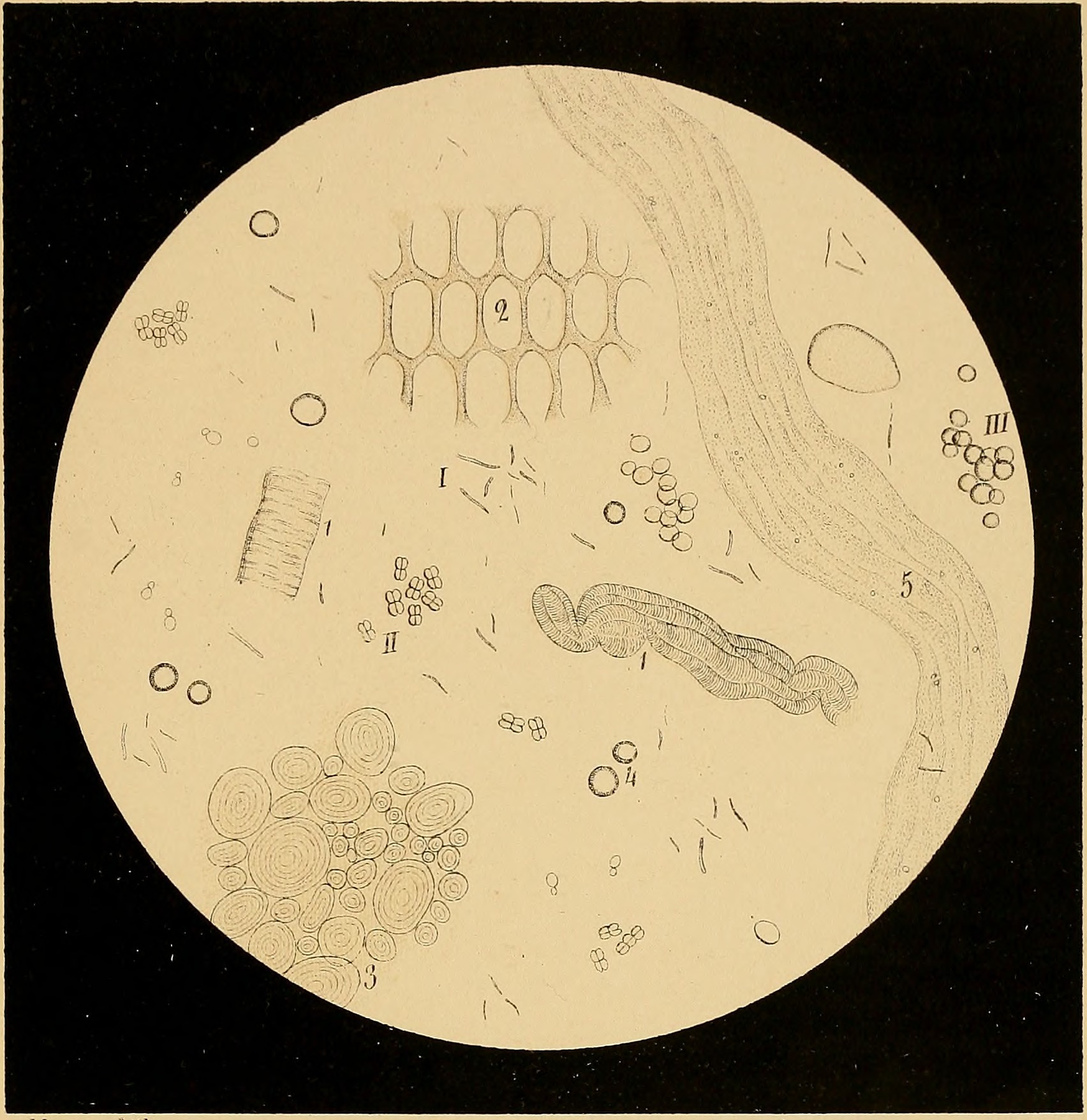
The smallest parasites often had the biggest impact on prehistoric life. Single-celled parasites like protozoans and bacteria were among the most successful organisms in ancient ecosystems, despite being virtually invisible to the naked eye. These microscopic marvels could cause devastating diseases in their hosts, potentially influencing population dynamics and evolutionary patterns.
Recent advances in microscopy have allowed scientists to identify fossilized single-celled parasites in prehistoric specimens. These discoveries have revealed that many modern parasitic diseases have ancient origins, with some lineages remaining virtually unchanged for millions of years. The stability of these parasitic relationships suggests that successful microscopic parasites found evolutionary sweet spots that allowed them to persist through multiple mass extinction events.
Evolutionary Arms Race: Host vs. Parasite
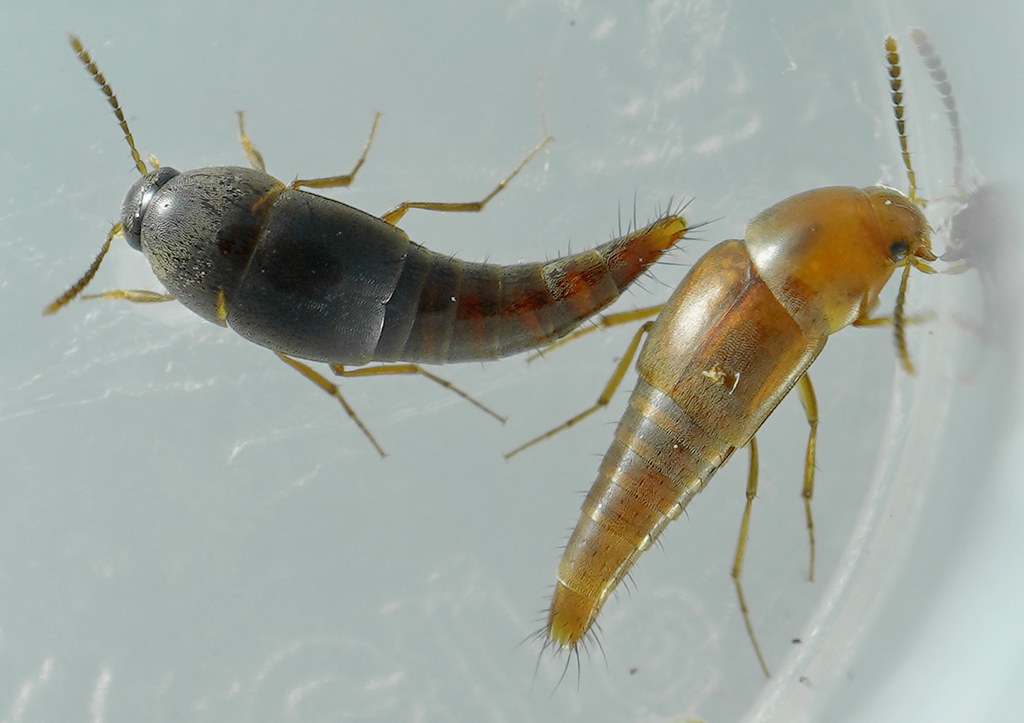
The relationship between prehistoric parasites and their hosts was anything but static. For millions of years, an intense evolutionary arms race played out between parasites trying to exploit their hosts and hosts trying to defend themselves. This biological warfare drove innovation on both sides, leading to increasingly sophisticated attack and defense strategies.
Evidence of this arms race can be seen in the fossil record through the evolution of immune systems, defensive behaviors, and physical adaptations. Some dinosaurs developed thicker skin or specialized grooming behaviors, while parasites evolved better camouflage and more efficient feeding mechanisms. This constant pressure for improvement helped drive the diversity and complexity of life that we see today.
Mass Extinction Events: Parasites as Survivors
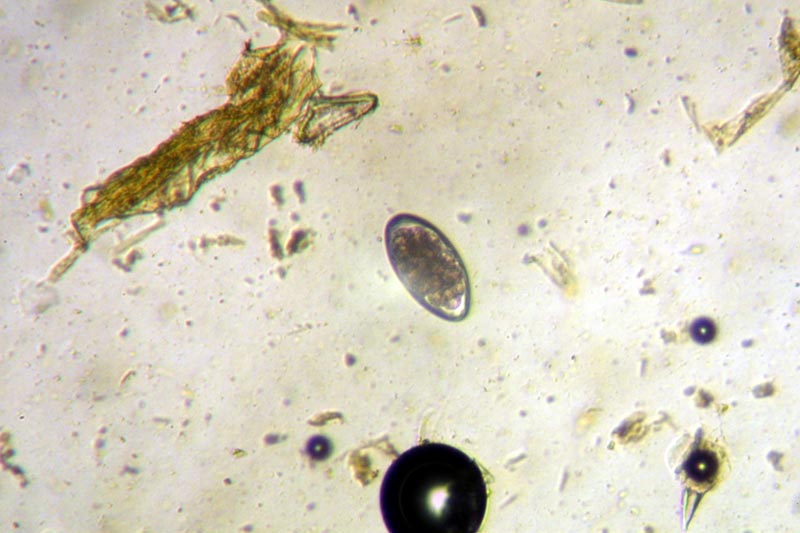
While mass extinction events wiped out many prehistoric giants, parasites often proved to be remarkable survivors. Their small size, rapid reproduction, and ability to switch hosts gave them significant advantages during times of environmental crisis. Many parasitic lineages survived multiple extinction events, including the one that killed the dinosaurs.
The resilience of parasites during mass extinctions had profound implications for ecosystem recovery. As new species evolved to fill vacant ecological niches, parasites were often already there, ready to exploit these new opportunities. This pattern suggests that parasites played important roles in shaping post-extinction evolutionary radiations.
Fossil Evidence: Reading the Signs
Identifying parasites in the fossil record requires detective work worthy of Sherlock Holmes. Paleontologists must look for subtle clues like abnormal bone growth, unusual wear patterns, or microscopic structures that indicate parasitic activity. These forensic investigations have revealed that parasitic infections were far more common in prehistoric animals than previously thought.
Some of the most convincing evidence comes from fossilized bite marks and feeding traces that match those created by modern parasites. By comparing ancient specimens with modern infected animals, scientists can reconstruct the behavior and impact of prehistoric parasites with surprising accuracy. This detective work has revolutionized our understanding of prehistoric health and disease.
Modern Parallels: Lessons from the Past
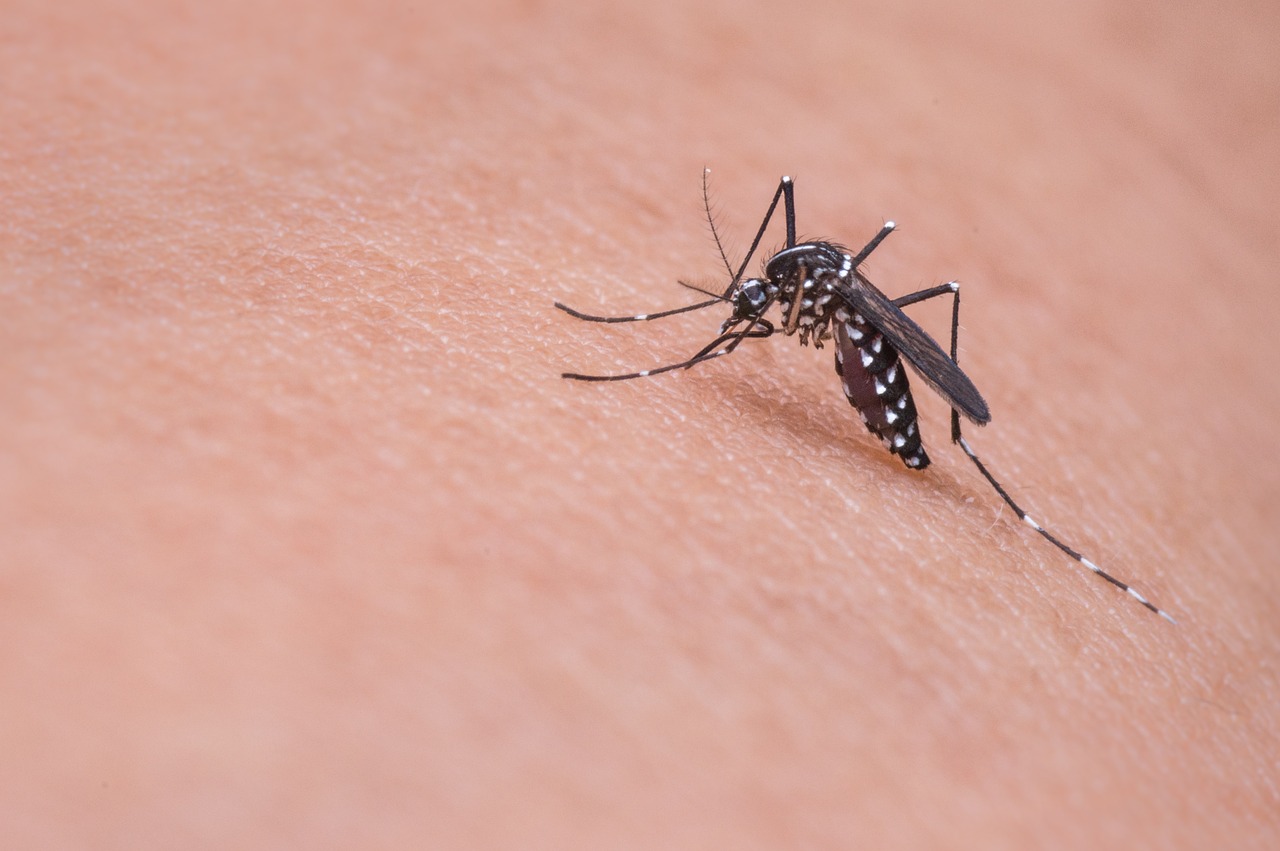
The study of prehistoric parasites isn’t just an academic exercise – it provides valuable insights into modern parasitic diseases and their potential evolution. Many of the parasitic strategies that were successful millions of years ago continue to be effective today, suggesting that certain biological principles are timeless.
Understanding prehistoric parasite-host relationships can help scientists predict how modern parasites might evolve in response to changing environmental conditions. Climate change, habitat destruction, and human activities are creating new opportunities for parasitic diseases, and lessons from the past may help us prepare for future challenges.
The Legacy of Tiny Terrors
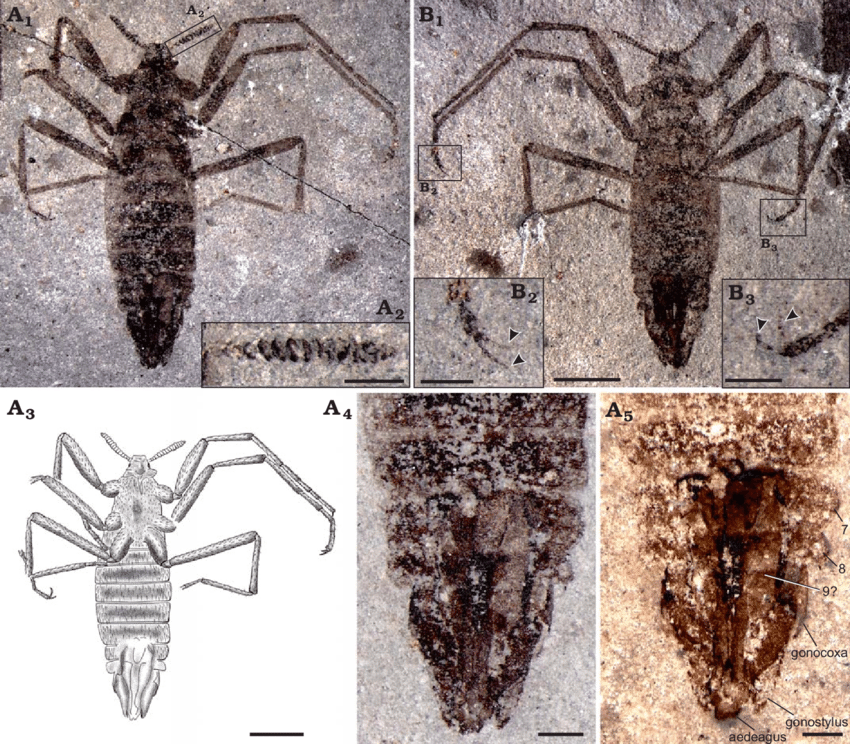
The story of prehistoric parasites is ultimately a story of success through persistence and adaptation. These tiny organisms have survived every major extinction event, adapted to countless different hosts, and continue to play crucial roles in modern ecosystems. Their fossil record reveals a hidden world of biological warfare that has been shaping life on Earth for hundreds of millions of years.
Today’s parasites are the direct descendants of these ancient survivors, carrying forward evolutionary strategies that have been tested and refined over geological time. From the mosquito that buzzes around your head to the microscopic organisms living in your gut, these creatures represent an unbroken chain of parasitic success that stretches back to the dawn of complex life. The next time you swat a mosquito or take medicine for a parasitic infection, remember that you’re participating in an ancient battle that has been raging since before the first dinosaur drew breath.

